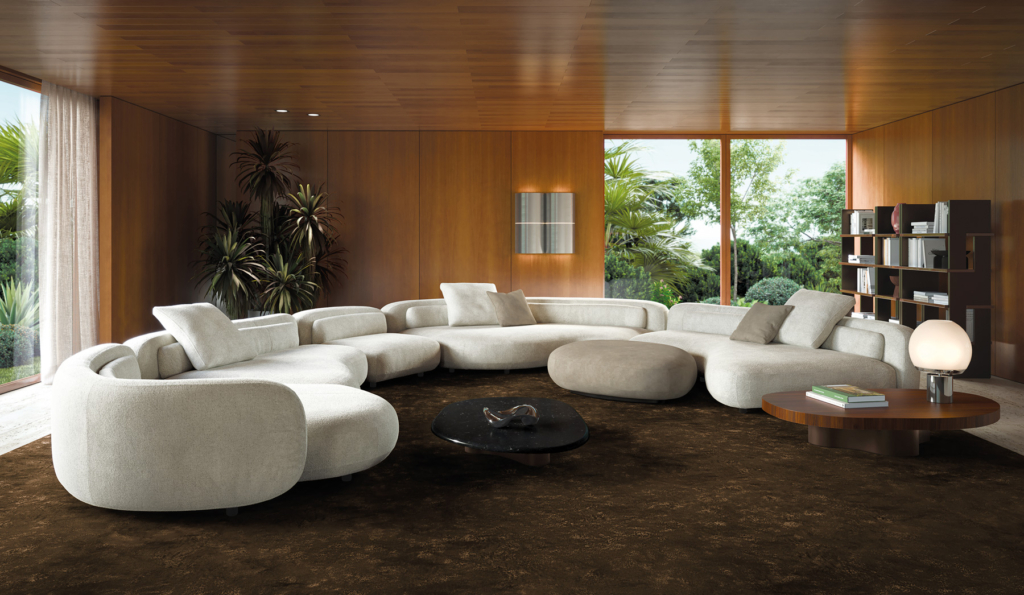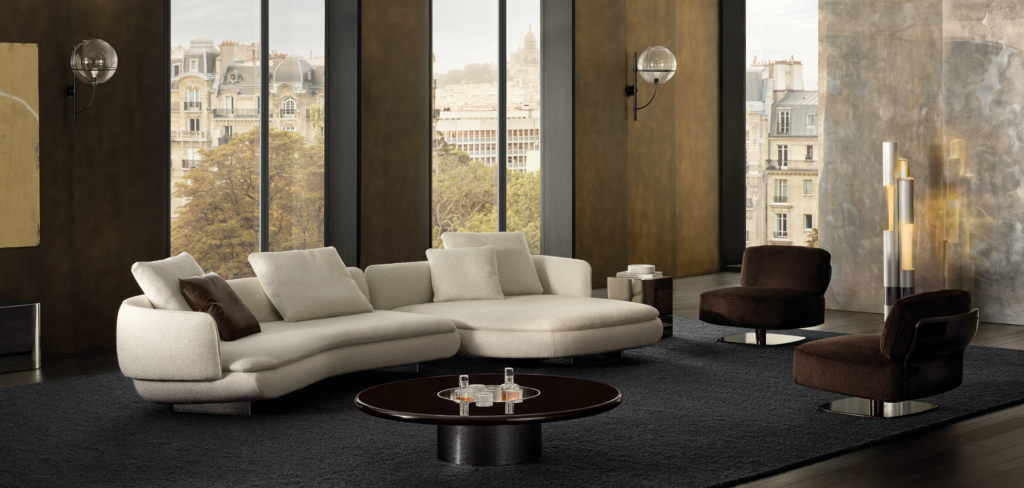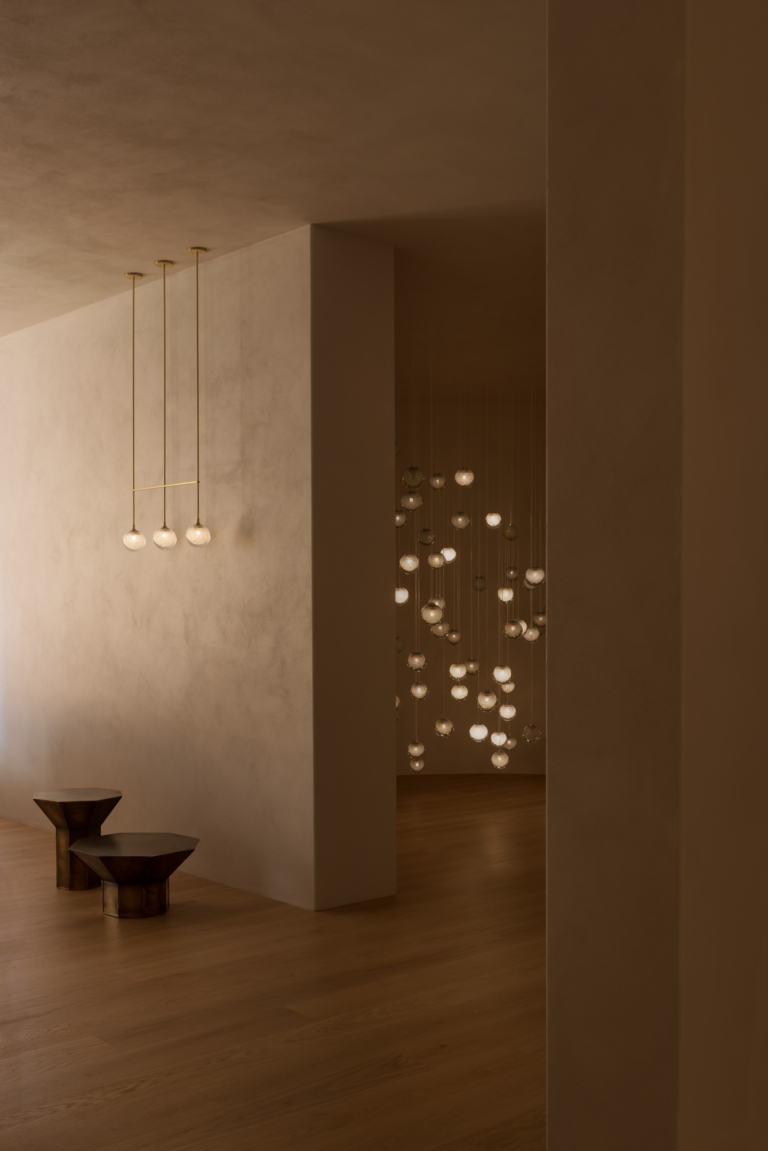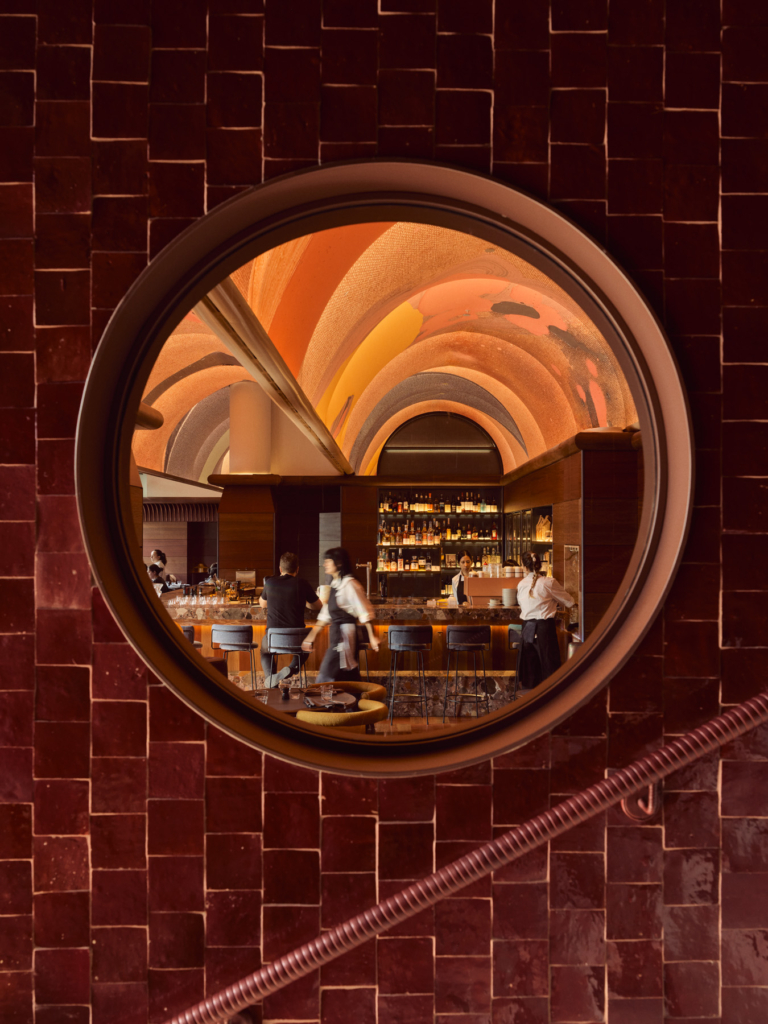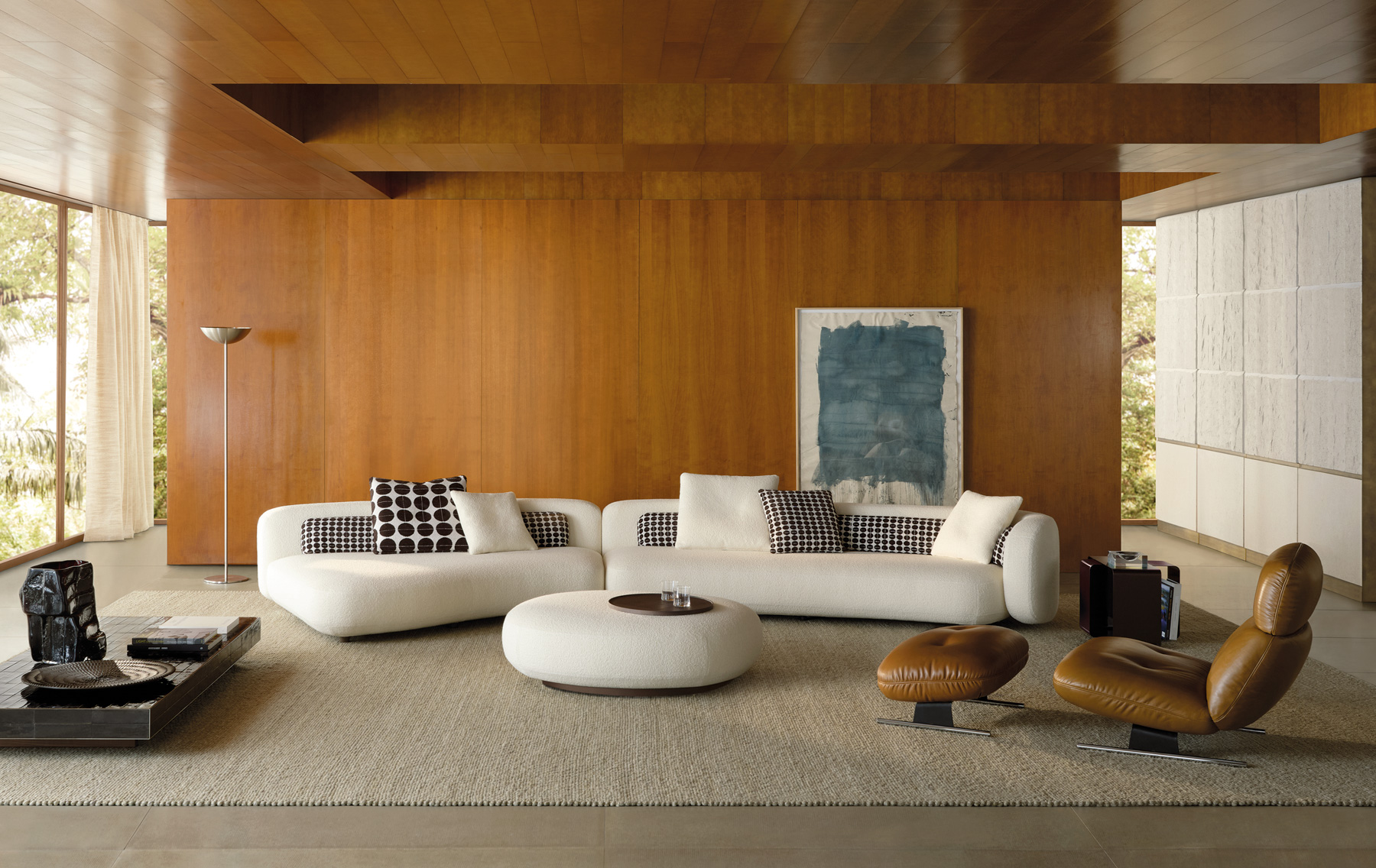
Minotti’s 2025 Modular Seating Collection
Minotti’s 2025 seating collection is a palimpsest of its evolving aesthetic, with each arrangement subtly referencing familiar silhouettes while embracing new design languages and material expressions.
There’s much to love about Italian furniture company Minotti. For starters, there’s its devotion to exquisite craftsmanship and exceptional quality. More importantly, Minotti has proven again and again that it continues to evolve by simultaneously drawing from the past and forging an innovative path ahead. Founded in 1948 by Alberto Minotti, the eponymous brand has grown into a global symbol of refined, contemporary design, driven by a strong family legacy and a deep respect for both invention and tradition. Its latest collection of seating offers versatile pieces that embody elegance, comfort and durability in equal measure.
The 2025 collection is a palimpsest of Minotti’s evolving aesthetic, with each piece subtly referencing familiar silhouettes while embracing new design languages and material expressions. Shaped by distinctly modern aesthetics, the seating range comprises Bézier by Brazilian Marcio Kogan of Studio MK27, Coupé by Milan-based Giampiero Tagliaferri, Riley by Milanese architect Hannes Peer, Saki by Tokyo-based Nendo and Vivienne by Italian-Danish duo GamFratesi. The seating is tailored to contemporary living and draws from a rich legacy of influences spanning art, architecture and design, all while maintaining the timeless elegance of modernism. Though each piece asserts a unique creative identity reflective of its designer, together they form a harmonious and cohesive whole.
Each seating system has its own distinct character. The Bézier, for instance, embodies the essence of Brazilian modernism, offering a fluid composition of organic, modular elements designed to be endlessly reconfigured to suit a variety of spaces and needs. Named after and inspired by the French engineer who pioneered the famous parametric curve, the system separates to form individual islands that can be enjoyed individually or as a unified whole.
With its soft surfaces and sumptuous rounded volumes, Coupé is an homage to the 1970s. As designer Giampiero Tagliaferri explains, Coupé is “a seating experience that is both nostalgic and forward-thinking: we have reinterpreted classic forms through a contemporary lens, finding a balance between vintage charm and modern functionality.” Coupé’s cocooning effect is elevated by its charming couture-inspired details, longitudinal stitching and colour-drenched palette.
The notion of duality is wonderfully expressed in Riley, which features a sweeping quilted backrest with additional ‘relax’ cushions that masquerade as headrests. Designer Hannes Peer describes Riley as “a dynamic and versatile design that interprets the embrace of two perfectly complementary souls, balanced between restraint and expressiveness, rigour and ease, permanence and fluidity.” Fittingly, this yin-and-yang ethos manifests in every detail: the robust, monolithic seat is offset by delicate vertical tufting, while a pronounced seam intersects the seat and armrest, transforming the system into something of a sculptural composition – part artwork, part invitation to recline.
For Nendo’s Oki Sato, designing Saki was a poetic exercise in form, an exploration of how softness, structure and rhythm come together. True to its name – the Japanese word for blooming – the sofa features gently undulating silhouettes with petal-like backrests and armrests, offered in a wide array of lacquer finishes and upholstered in fabric or leather. The modular system is available in two-, three- or four-seater options with two depth variations, as well as in an armchair with or without armrests, benches and island-like elements that invite playful and versatile compositions.
Those familiar with GamFratesi’s Vivienne armchair have reason to rejoice, as the Italian-Danish duo’s new softly curvaceous Vivienne sofa system takes a leaf from its predecessor, emulating its curvilinear backrest and contoured upholstered base. It presents as light and delicate in form, which, say the designers, offers “a perfect balance between sinuosity and geometric rigour, between the decorative and the essential, making it suitable for any modern space while maintaining an iconic and organic character.”



